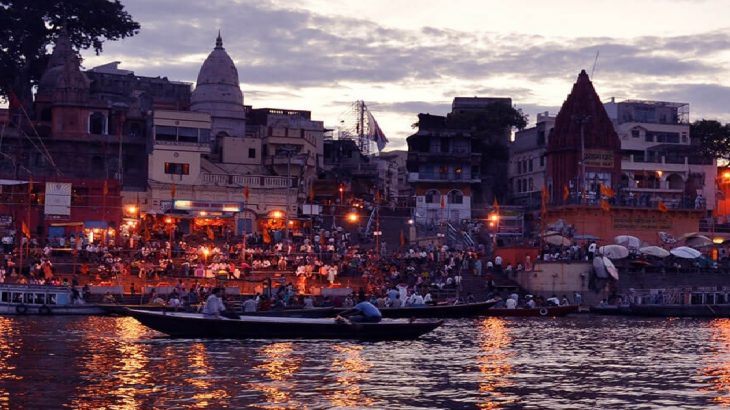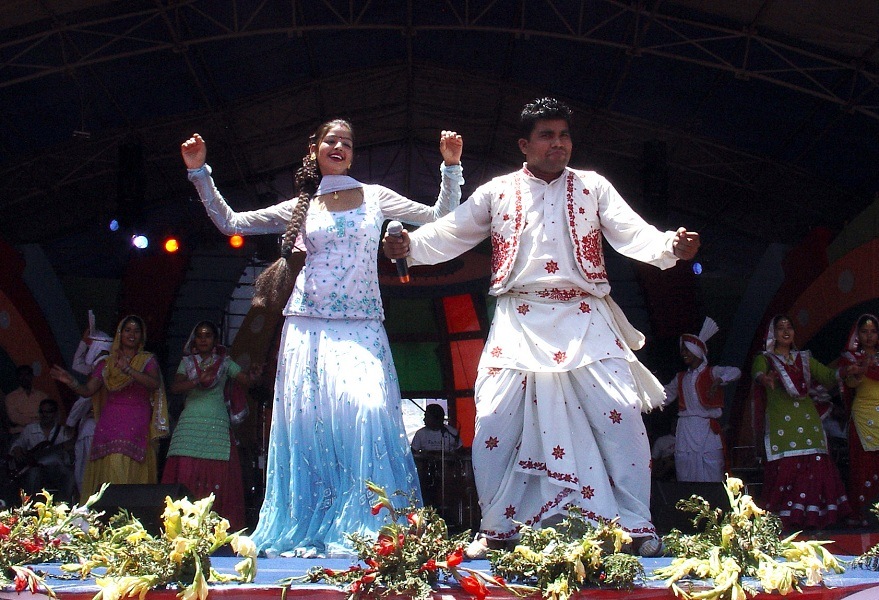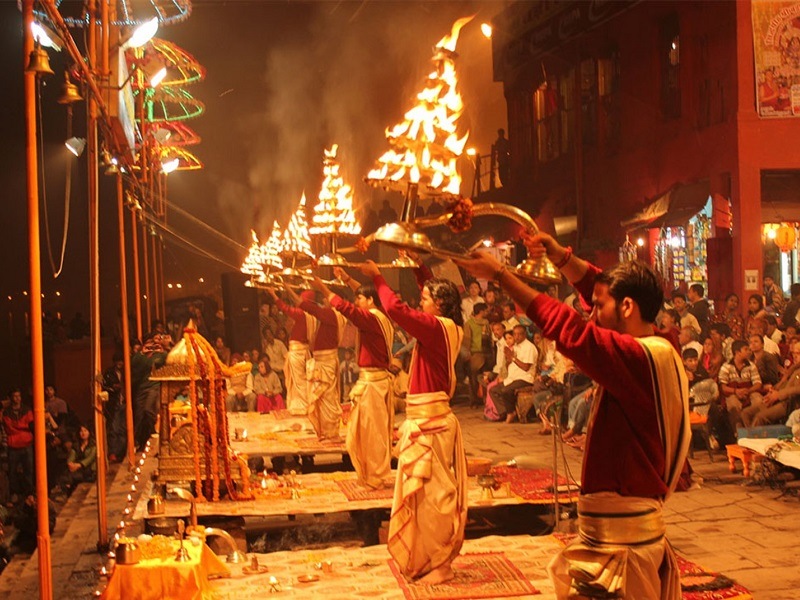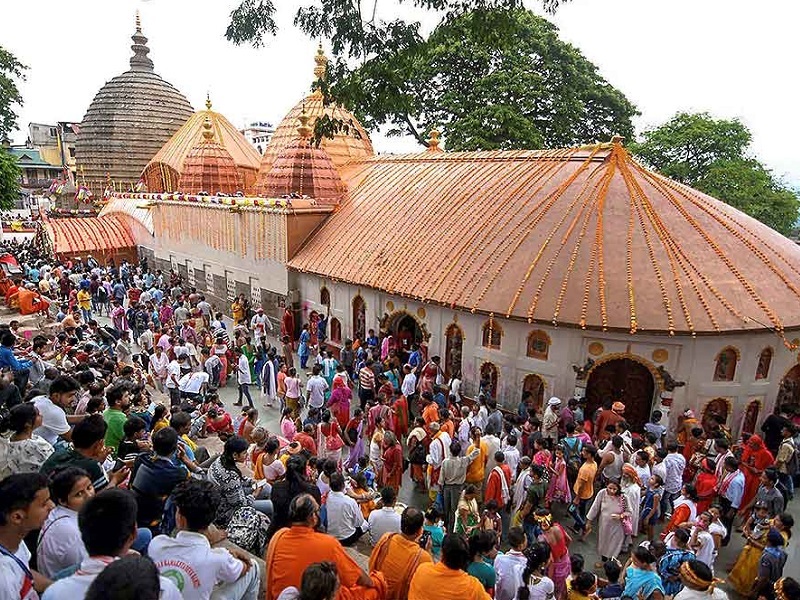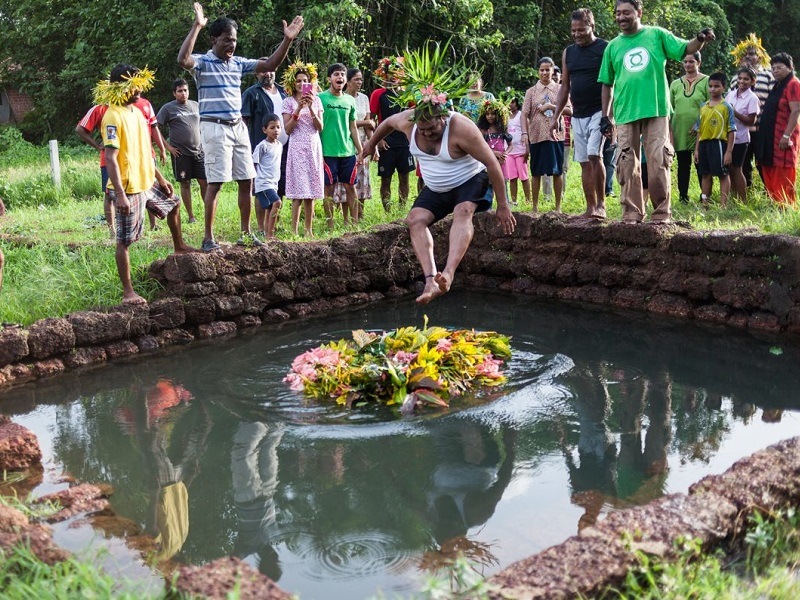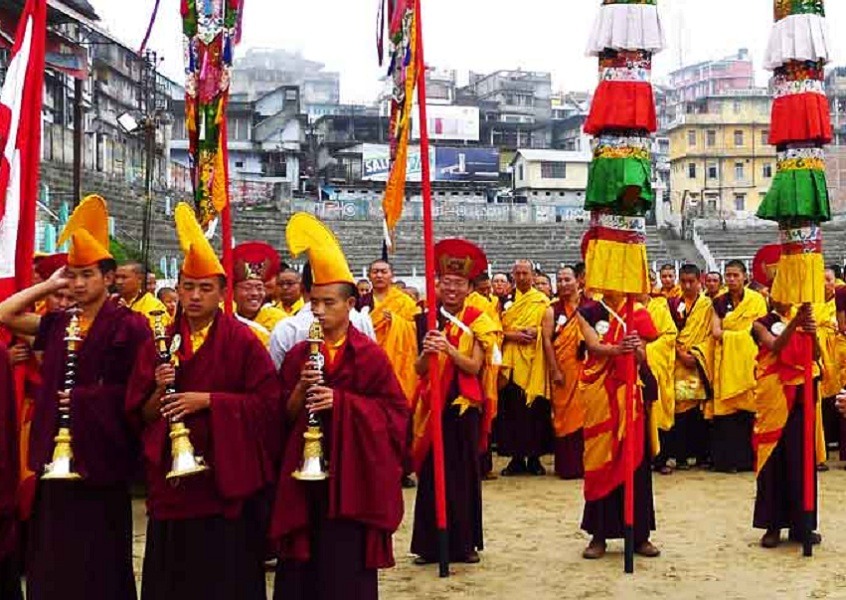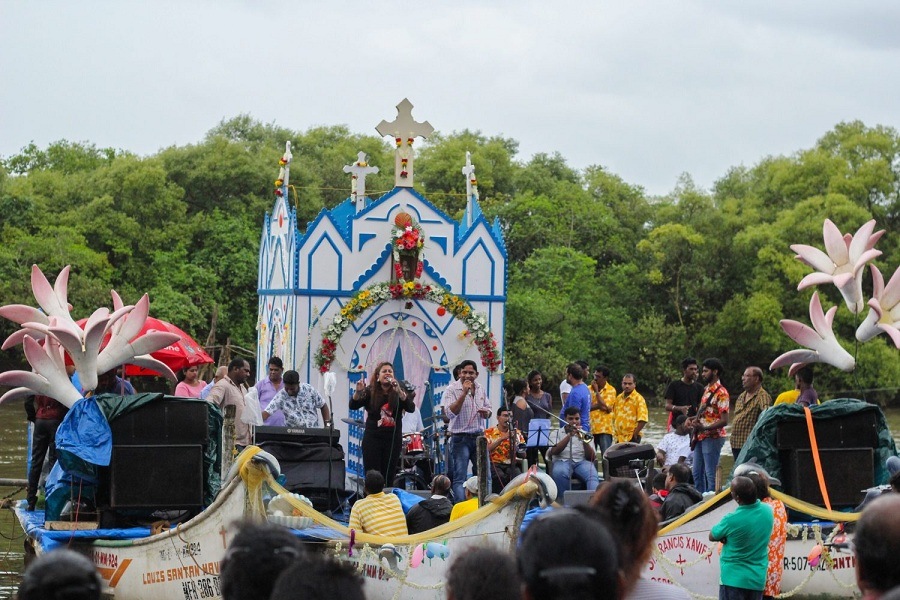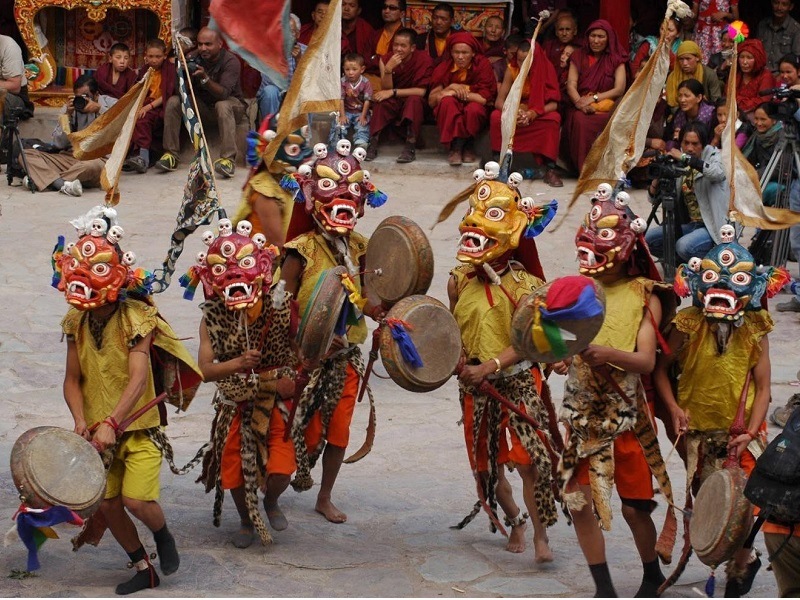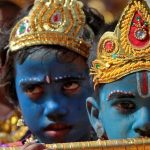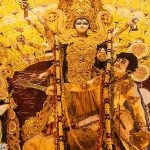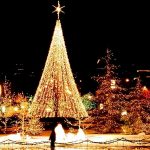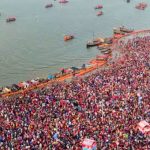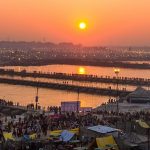Renowned for its vibrant culture, historical significance, and varied traditions, India boasts a unique array of festivals and fairs across its regions and religions, celebrating the birthdays and remarkable achievements of deities, heroes, and saints. Similar to other months, June is also filled with numerous thrilling festivals that are celebrated with immense joy, enthusiasm, rituals, and fervor, drawing many devotees and tourists from around the world as part of India tour packages. Furthermore, these festivals not only foster unity and closeness among people but also educate them about the country’s characteristics. If you wish to partake in these celebrations, consider planning your visit to coincide with one of these delightful festivals to enjoy the rich traditions and festivities.
Here are a few magnificent festivals to enjoy in June.
Eid-al-Adha / Bakrid
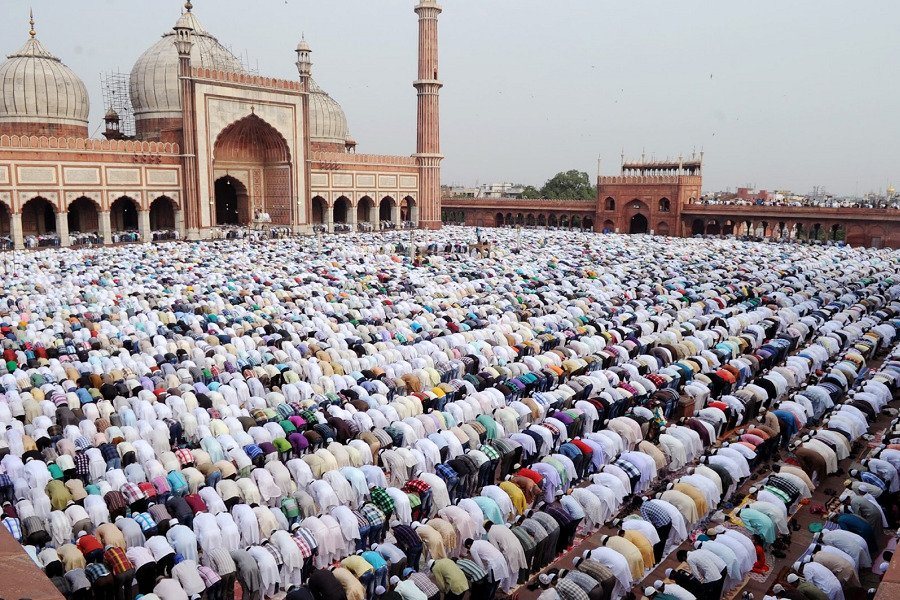
Also referred to as Eid-al-Adha, Bakrid is among the most important Muslim festivals observed in India during the month of June. This festival is the second of the two Islamic celebrations that take place globally each year, the first being Eid al-Fitr. This year, it is celebrated on the 7th of June. The festival commemorates Ibrahim’s (Abraham’s) readiness to sacrifice his son in obedience to God’s command, although God provided a lamb to be sacrificed instead. In remembrance of this divine intervention, individuals sacrifice animals and share the meat with the less fortunate, friends, and family during the festivities. Both men and women don their finest attire; participate in communal prayers, visit friends and relatives, and exchange sweets and gifts as part of the celebration. If you want to experience the magnificent celebrations and indulge in delectable meat dishes during Bakrid, then plan your Hyderabad tour in June.
Book Here : Hyderabad Leisure Tour Packages
Puri Rath Yatra
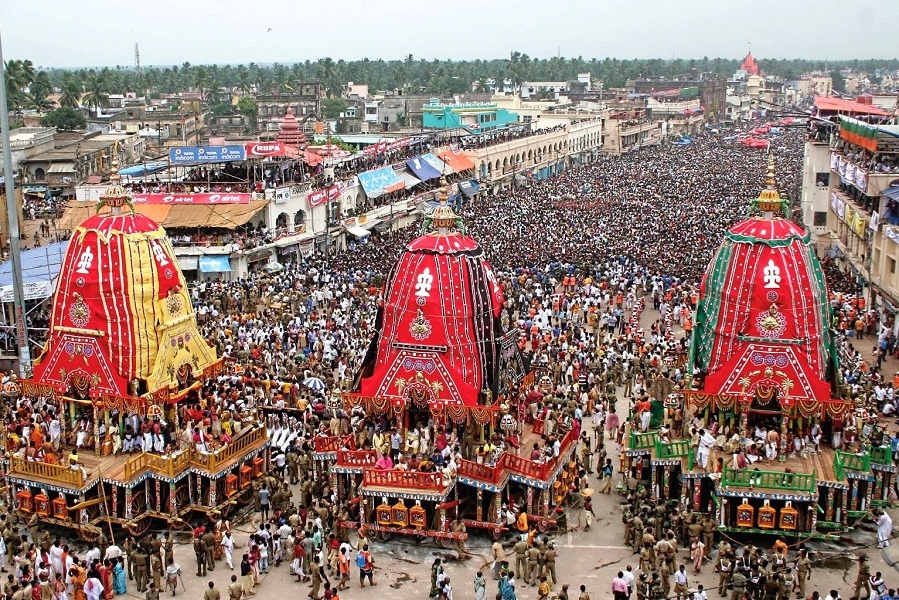
The Jagannath Rath Yatra, or Puri Rath Yatra is one of the most anticipated and widely celebrated festivals in Orissa and throughout India during the month of June. Also known as Gundicha Yatra, the Chariot Festival, and Navadina Yatra, it takes place on the second day of the Shukla Paksha in the month of Ashadha according to the traditional Oriya Calendar. This year, it is observed on the 27th of June, signifying the annual pilgrimage of Lord Jagannath to his birthplace, accompanied by his brother Balarama and sister Subhadra. During the Rath Yatra, the wooden idols of Krishna, Balarama, and Subhadra are paraded in three chariots to the Gundicha Temple in Puri, where they remain for a week. Subsequently, the deities return on the 9th day to the main Puri Jagannath Temple, among the most popular places to visit in Puri. The Rath Yatra draws approximately 1.7 million visitors to this temple town as part of Puri Tour Packages.
Must Visit : Tourist Places near Bhubaneshwar
Shimla Summer Festival
Recognized as one of the most celebrated events in June in India, the Shimla Summer Festival is a five-day extravaganza that takes place annually in Shimla. Scheduled from June 1st to June 5th, 2025, this festival commemorates the abundant harvest of the year and marks the advent of summer. Since the 1960s, it has been held at the Ridge, one of the top places to visit in Shimla, to enhance tourism in the region. The festival features a variety of musical performances, cultural displays, folk acts, local handicraft exhibitions, and unique activities such as fashion shows, dog shows, and stalls offering artisanal products and local cuisine. The flower show, with its vibrant colors, is always highly anticipated, making the summer festival an ideal occasion to witness the stunning flora in full bloom. Additionally, the festival includes a range of other events, such as a fashion show, an ice skating festival, and even a Himachali Film Festival, attracting tourists from across the country. Therefore, consider planning your visit to coincide with this festival as part of your Shimla Tour Packages, as the events are genuinely enjoyable and cater to the preferences of every individual.
Also Read: Shimla Honeymoon Packages
Ganga Dussehra
Ganga Dussehra, also referred to as Gangavataran, is celebrated on the Dashami Tithi of Jyeshta Shukla Paksha, which occurs in the months of May or June. Celebrated this year on 5th June, the festival commemorates the day when Goddess Ganga descended to Earth from the heavens to liberate the souls of Bhagiratha’s ancestors from their curses. A significant number of pilgrims gather along the sacred river to partake in a holy bath, as it is believed that bathing in the River Ganges and performing acts of charity during this ten-day festival enables individuals to absolve themselves of ten sins. This festival is regarded as one of the most significant in June in India, particularly for those with spiritual inclinations and those wishing to experience authentic Hindu culture. Notable pilgrimage sites near Delhi, such as Allahabad, Varanasi, Garh-Mukteshwar, Haridwar, and Rishikesh, host grand celebrations of Ganga Dussehra. However, the most legendary festivities occur in Varanasi, where thousands engage in Ganga Snan and partake in the sacred Ganga Aarti rituals at Dasaswamedh Ghat, as part of Varanasi Tour Packages.
Book Here : Varanasi Pilgrimage Packages
Ambubachi Mela, Assam
Another well-known Hindu festival occurring in June, Ambubachi Mela is an annual celebration held at the Kamakhya Temple, which is among the most renowned places to visit in Guwahati. Also referred to as Ameti or the Tantric fertility festival, it takes place every year from June 22nd to 26th to commemorate the annual menstruation period of Goddess Kamakhya. During this period, the temple dedicated to Goddess Kamakhya remains closed for three days and reopens on the fourth day only after the idol has been bathed and the necessary rituals have been performed. At this time, the Brahmaputra River adjacent to the temple takes on a red hue. This magnificent festival draws a significant number of devotees from across the nation who come to receive pieces of cloth that are believed to be infused with her menstrual fluid, as these are considered to be highly auspicious and powerful. Another notable aspect of the mela is the distinctive rituals and practices carried out by various Tantric sadhus from both India and abroad.
Book Here : North-East India Tour Packages
Sao Joao Feast, Goa
Sao Joao is one of the most significant festivals celebrated by the Goan Catholic community, marking the onset of the monsoon season. Observed annually on the 24th of June, this feast pays tribute to St. John the Baptist, the fervent prophet who baptized Jesus in the River Jordan. The festival is a source of joy for both the young and the elderly, as they sing and dance to the melodies of various musical instruments, often indulging in alcohol and leaping into wells and streams to collect gifts tossed by the villagers. The Catholic community in North Goa commemorates this feast with greater enthusiasm than their counterparts in South Goa, among the most popular places to visit near Mumbai. On this day, participants don vibrant attire and crowns crafted from leaves and fruits, known as Kopels, and gather by a stream to witness parades and listen to the singing of Mandos on elaborately adorned Sanggod. During the San Joao celebration, Feni is consumed in substantial amounts. Additionally, captivating boat festivities occur in Siolim, where individuals can partake in various cultural activities throughout the day, such as making Kopels as part of Goa pilgrimage packages.
Book Here : Goa Honeymoon Packages
Saga Dawa Festival, Sikkim
Saga Dawa, also known as the Triple Blessed Festival, is among the most significant celebrations for the residents of Sikkim, marked with great enthusiasm in the capital city of Gangtok. This festival takes place annually on the full moon day of the fourth month in the Buddhist lunar calendar, typically occurring in May or June. This year, it is scheduled for June 11th. It holds immense importance and sanctity for adherents of Tibetan and Mahayana Buddhism, as it commemorates Lord Buddha on the full moon night that signifies his birth, death, and enlightenment, all occurring on the same day. The celebrations unfold throughout Gangtok, featuring processions, prayers, and the distribution of alms to those in need. The procession commences at Tsuk La Khang Monastery and winds through the streets of Gangtok, accompanied by the sounds of horns, the beating of drums, and the fragrance of burning incense. For travelers and cultural enthusiasts eager to glimpse the vibrant Buddhist culture as part of Gangtok Packages, Saga Dawa presents an ideal opportunity.
Book Here : Gangtok Honeymoon Packages
Feast of St. Peter & Paul, Goa
Also referred to as the Sangodd Festival, the Feast of St. Peter & Paul stands as the most significant celebration for the fishing community in Goa, especially within Bardez taluka. This monsoon festival takes place annually on the 29th of June and features morning prayers alongside the creation of beautifully adorned floating rafts, which are constructed by tying together two boats or banana tree trunks. These rafts, which carry miniature replicas of Chapels or Churches, gradually navigate down the river towards the Chapel of St. Peter. During the evening of the feast, attendees can enjoy various local theatrical performances, folk dances, and music, all of which are included in Goa Tour Packages. Additionally, the festival embodies the spirit of adventure through a series of competitions where young individuals showcase their skills.
Book Here : Goa Heritage Tour Packages
Sindhu Darshan Festival, Ladakh
One of the significant events in Ladakh, the Sindhu Darshan Festival, is celebrated annually on the banks of the River Sindhu in Leh during the full moon day in June. This festival takes place over three days, from June 23rd to June 27th, 2025, and is organized by the Sindhu Darshan Yatra Samiti and Ladakh Phandey Tsogspathe with the aim of promoting the river as a symbol of communal harmony in India. Individuals from various regions of the country bring water from their local rivers to immerse in the Indus. The reception ceremony on the first day is overseen by a committee composed of representatives from different religious communities. The cultural exchange program on the second day features artists from all over the country displaying their art and crafts, while the third day is marked by grand celebrations that include dance and music performances, along with a symbolic tribute to the brave soldiers of our nation who sacrificed their lives for our safety.
